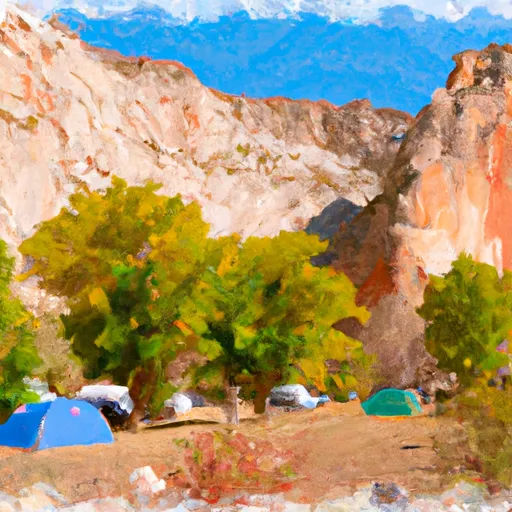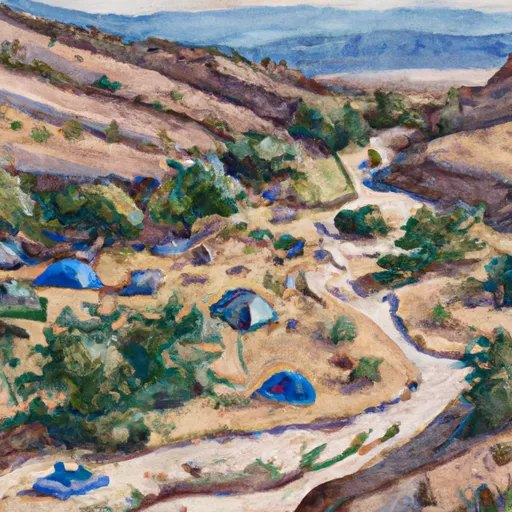Summary
The area is known for its abundant trout population, particularly rainbow and brown trout. Other prevalent fish species include smallmouth bass, channel catfish, and carp.
In addition to fishing, visitors can enjoy hiking, camping, and picnicking in the surrounding area. The nearby Uinta Mountains offer beautiful scenery and opportunities for outdoor recreation.
Fishing tips for the Lower Stillwater Day Use Area Fishing Site include using small lures and bait, fishing early in the morning or late in the evening, and targeting areas with structure or cover, such as rocks or logs.
The best time of year to visit depends on the type of fish you are targeting. Spring and fall are typically the best times for trout fishing, while summer is ideal for bass and catfish. The average temperature during these seasons ranges from the mid-50s to low 80s Fahrenheit.
Overall, the Lower Stillwater Day Use Area Fishing Site is a great destination for fishing and outdoor activities in Utah.
Weather Forecast
Nearby Streamflow Levels
Angling Safety Guidelines
Check local fishing rules, seasons, size limits, and license requirements to ensure legal and sustainable angling.
Handle Fish Responsibly
Use wet hands, minimize air exposure, and release fish gently to improve survival rates when practicing catch-and-release.
Choose the Right Gear
Match your rod, line, and tackle to the species and conditions to increase success and reduce unnecessary harm to fish.
Respect the Waterway
Avoid disturbing habitat, prevent bank erosion, and keep a safe distance from spawning areas to protect ecosystems.
Keep It Clean
Pack out all line, hooks, bait containers, and trash—discarded gear can injure wildlife and degrade waterways.
Related Links
Area Campgrounds
| Location | Reservations | Toilets |
|---|---|---|
 Miners Gulch Group Campground
Miners Gulch Group Campground
|
||
 Miners Gulch
Miners Gulch
|
||
 Yellowpine Campground
Yellowpine Campground
|
||
 Moon Lake Campground
Moon Lake Campground
|
||
 Moon Lake
Moon Lake
|
||
 Upper Stillwater House
Upper Stillwater House
|







 Moon Lake
Moon Lake